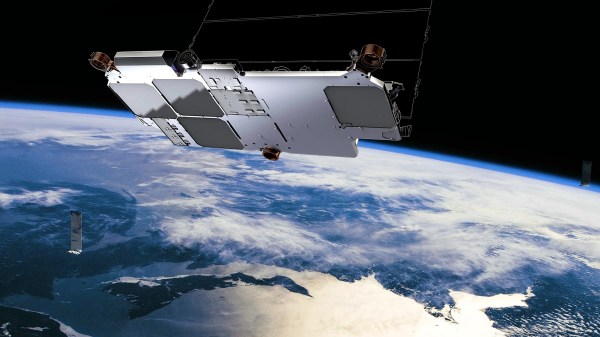There were strange doings this week as Dallas-Forth Worth Airport in Texas experienced two consecutive days of GPS outages. The problem first cropped up on the 17th, as the Federal Aviation Administration sent out an automated notice that GPS reception was “unreliable” within 40 nautical miles of DFW, an area that includes at least ten other airports. One runway at DFW, runway 35R, was actually closed for a while because of the anomaly. According to GPSjam.org — because of course someone built a global mapping app to track GPS coverage — the outage only got worse the next day, both spreading geographically and worsening in some areas. Some have noted that the area of the outage abuts Fort Hood, one of the largest military installations in the country, but there doesn’t appear to be any connection to military operations. The outage ended abruptly at around 11:00 PM local time on the 19th, and there’s still no word about what caused it. Loss of GPS isn’t exactly a “game over” problem for modern aviation, but it certainly is a problem, and at the very least it points out how easy the system is to break, either accidentally or intentionally.
In other air travel news, almost as quickly as Lufthansa appeared to ban the use of Apple AirTags in checked baggage, the airline reversed course on the decision. The original decision was supposed to have been based on “an abundance of caution” regarding the potential for disaster from its low-power transmitters, or should a stowed AirTag’s CR2032 battery explode. But as it turns out, the Luftfahrt-Bundesamt, the German civil aviation authority, agreed with the company’s further assessment that the tags pose little risk, green-lighting their return to the cargo compartment. What luck! The original ban totally didn’t have anything to do with the fact that passengers were shaming Lufthansa online by tracking their bags with AirTags while the company claimed they couldn’t locate them, and the sudden reversal is unrelated to the bad taste this left in passengers’ mouths. Of course, the reversal only opened the door to more adventures in AirTag luggage tracking, so that’s fun.
Energy prices are much on everyone’s mind these days, but the scale of the problem is somewhat a matter of perspective. Take, for instance, the European Organization for Nuclear Research (CERN), which runs a little thing known as the Large Hadron Collider, a 27-kilometer-long machine that smashes atoms together to delve into the mysteries of physics. In an average year, CERN uses 1.3 terawatt-hours of electricity to run the LHC and its associated equipment. Technically, this is what’s known as a hell of a lot of electricity, and given the current energy issues in Europe, CERN has agreed to shut down the LHC a bit early this year, shutting down in late November instead of the usual mid-December halt. What’s more, CERN has agreed to reduce usage by 20% next year, which will increase scientific competition for beamtime on the LHC. There’s only so much CERN can do to reduce the LHC’s usage, though — the cryogenic plant to cool the superconducting magnets draws a whopping 27 megawatts, and has to be kept going to prevent the magnets from quenching.
And finally, as if the COVID-19 pandemic hasn’t been weird enough, the fact that it has left in its wake survivors whose sense of smell is compromised is alarming. Our daily ritual during the height of the pandemic was to open up a jar of peanut butter and take a whiff, figuring that even the slightest attenuation of the smell would serve as an early warning system for symptom onset. Thankfully, the alarm hasn’t been tripped, but we know more than a few people who now suffer from what appears to be permanent anosmia. It’s no joke — losing one’s sense of smell can be downright dangerous; think “gas leak” or “spoiled food.” So it was with interest that we spied an article about a neuroprosthetic nose that might one day let the nasally challenged smell again. The idea is to use an array of chemical sensors to stimulate an array of electrodes implanted near the olfactory bulb. It’s an interesting idea, and the article provides a lot of fascinating details on how the olfactory sense actually works.













